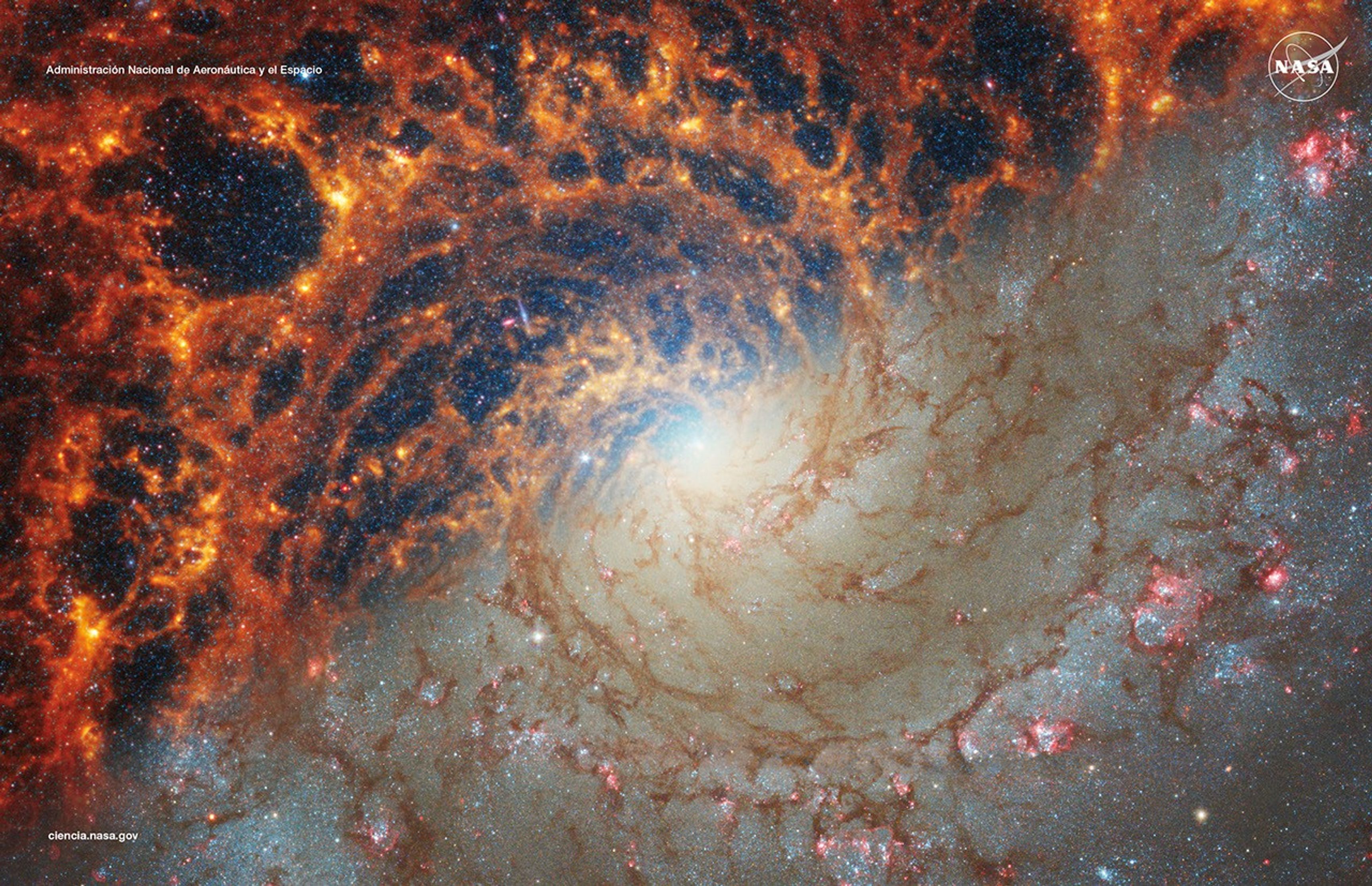ICRC 2025 - The Astroparticle Physics Conference
The 39th International Cosmic Ray Conference (ICRC 2025)
Location
Geneva, Switzerland
Dates
14-24 July 2025
Community
Physics of the Cosmos
Type
Meeting
The Physics of the Cosmos (PhysCOS) Program is one of three focused programs contained within NASA's Astrophysics Division (APD). PhysCOS lies at the intersection of physics and astronomy and has the goal of exploring some of the most fundamental questions regarding the physical forces and laws of the universe.
The proposed session is focused on big science questions driven by the Cosmic Rays and Neutrino and Gamma-ray Science Interest Groups part of the PhysCOS Program Analysis Group.
In particular, the session will focus on understanding the current status of spaced based studies for both Cosmic-rays and Gamma-ray as well as the big questions that these communities have and can address in the future, looking towards the Astro 2030 Decadal Survey.
The session will include two talks from representatives of the Cosmic Rays and Neutrino and Gamma-ray Science Interest Groups and a discussion panel with community members and NASA representative and open Q&A time.
Agenda
PhysCOS Session Time: 17 July 2025, 5:00 – 6:40pm local time
| Time | Title | Speaker |
|---|---|---|
| 10 min | The Physics of the Cosmos Program | Bernard Kelly (NASA/UMBC) on behalf of Francesca Civano (NASA) |
| 15 min | The Cosmic Ray and Neutrino Science Interest Group | Tsuguo Aramaki (Northeastern) |
| 15 min | Gamma-Ray Science Priorities in Coming Decades | Milena Crnogorcevic (Stockholm University) |
| 30 min | Panel Discussion |
Questions for Discussion
- How do neutrino, cosmic ray, and gamma-ray space-based observatories contribute to NASA’s goals of understanding the origin and evolution of galaxies, stars, and black holes?
- What are the leading opportunities in cosmic ray, neutrino, and gamma-ray astroparticle physics that NASA is uniquely suited to address? What unique astrophysical questions can only be answered with neutrinos, cosmic rays, or gamma-rays from space that cannot be addressed with ground-based observatories?
- What role do you see for cosmic ray, neutrino, gamma-ray missions in time-domain and multi-messenger astrophysics (TDAMM)? How can space-based projects work in tandem with ground-based experiments to enhance the science output of both projects? What should NASA and the CRN SIG/GR SIG/TDAMM community be doing to ensure coordination?
- What role do you see for different space-based platforms (balloons, satellites, cubesats, rockets, lunar) for cosmic ray, neutrino, and gamma-ray science?
- What technology gaps do you foresee related to your science topic and how could NASA invest in future missions?
News Straight to Your Inbox
Subscribe to your community email news list
We will never share your email address.



























